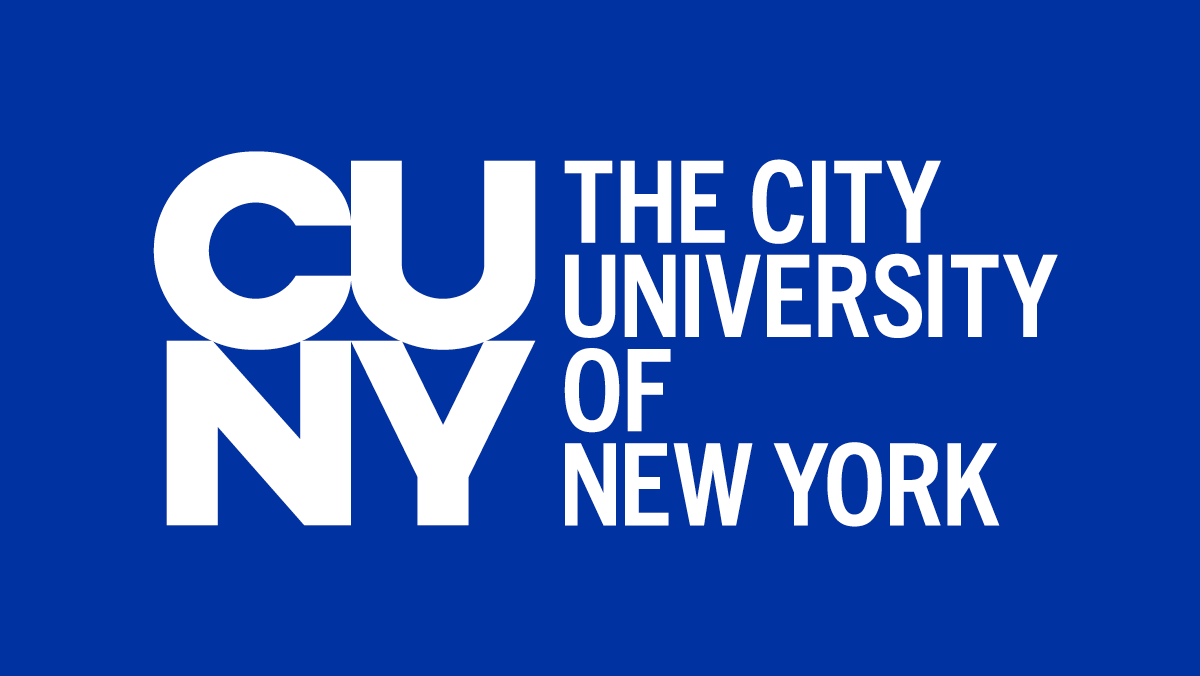Success Story: Transforming Complex Requirements into Scalable, High-Impact Learning
When CData, Inc. engaged me as an instructional design contractor, they faced a critical challenge: rapidly evolving product features were outpacing their existing customer education materials. Their sales and engineering teams needed up-to-date, role-specific training that could keep pace with continuous product releases. At the same time, the organization needed documentation and simulations that were scalable, accessible, and easy to maintain across multiple versions.
Problem:
CData’s enablement teams struggled with outdated training, inconsistent documentation, and a lack of structured learning pathways. SME bandwidth was limited, and internal teams needed resources that were both technically precise and accessible to non-technical audiences.
CData’s enablement teams struggled with outdated training, inconsistent documentation, and a lack of structured learning pathways. SME bandwidth was limited, and internal teams needed resources that were both technically precise and accessible to non-technical audiences.
Action:
I initiated a rapid-intake process, conducting a frontline task analysis across sales, engineering, and customer success. Leveraging Articulate Rise, Storyline, Adobe CC, and AI-enhanced workflows, I built a unified course architecture that standardized content across all delivery formats—microlearning, simulations, assessments, and documentation. I also implemented automated version control and template-driven updates to support continuous product evolution.
I initiated a rapid-intake process, conducting a frontline task analysis across sales, engineering, and customer success. Leveraging Articulate Rise, Storyline, Adobe CC, and AI-enhanced workflows, I built a unified course architecture that standardized content across all delivery formats—microlearning, simulations, assessments, and documentation. I also implemented automated version control and template-driven updates to support continuous product evolution.
Through strategic collaboration with engineering and product teams, I translated highly technical features into clear, role-aligned instructional modules. To enhance practice-based learning, I designed scenario-based assessments and interactive simulations mirroring real customer use cases.
Result:
The new enablement ecosystem increased product adoption, reduced SME review cycles, and equipped multiple teams with consistent, maintainable training assets. The clarity of the instructional materials improved comprehension across technical and non-technical learners, while automated documentation processes accelerated revisions and reduced production time. These improvements supported measurable boosts in learner engagement, training completion, and internal alignment across product, sales, and engineering groups.
The new enablement ecosystem increased product adoption, reduced SME review cycles, and equipped multiple teams with consistent, maintainable training assets. The clarity of the instructional materials improved comprehension across technical and non-technical learners, while automated documentation processes accelerated revisions and reduced production time. These improvements supported measurable boosts in learner engagement, training completion, and internal alignment across product, sales, and engineering groups.




